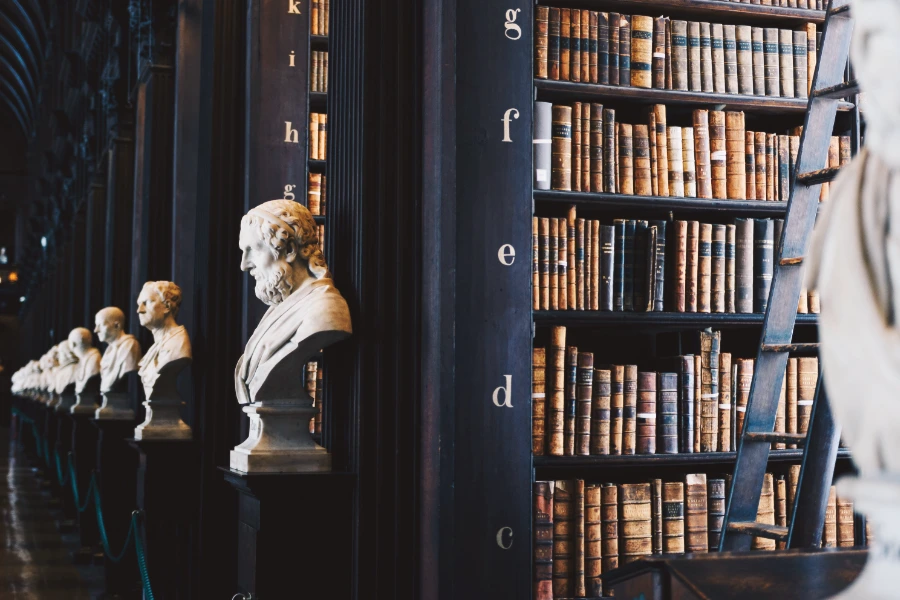Historicity is a label which we need to define carefully and look into a couple of main categories and familiarise ourselves with it. Proof for historicity needs to be strong and reliable as possible. Very often we rely on data which could have been manipulated, wrongly copied or simply made up to push a certain narrative. We need to be objective and unprejudiced in our collection and definition of data. The material we have gathered is in most cases very diverse. We know humans and their brains can make things up although they appear for one or even many individuals real they aren’t. In Court, eyewitness testimonial is the weakest evidence which contributes to decision finding. People try consciously or unconsciously to make something fit their worldview. Especially in former times, people accepted things we would categorise as clear phantasy as real and they were even thought to make things up because they accepted the truth of the existence of god as fact. Today, people feel there is something divine or an inner voice which guides them but they were trained to look at things objectively mainly through their education. Subjects like mathematics coach the brain to work logically. So, can we create main categories of how to judge historicity? Yes, we can and scholars have defined these.
Direct evidence for historicity (an archaeological record)

- The person’s physical remains. Such as the Egyptian pharaoh Tutankhamun
- A house or palace of the individual in which we can uniquely connect it to the owner’s identity.
- Objects a person owns (coins, jugs, sculptures. We have coins from Cesar Augustus.
- Literal works from the person himself and is signed by the person himself. This would require many different documents to compare the signature which each other, though. The problem with not having different scripts to not set them side by side is that especially in antic times people pretended to be this incredible superhuman and to give their own scripts more authority and so they become popular.
Secondary material for establishing historicity

We need to rely on secondary sources for historicity if direct or personal evidence is not available like eyewitness accounts or secondary literature from authors who knew a certain human, personally. That would be the best proof other than the individual has written by himself. When we haven’t either we would go further down the time frame or at least be as close in time as possible to when the discussed subject lived. We would also compare the text which tells of the object or subject we discuss with different sources if they would match up to the story if they wouldn’t then the material would not be credible and must be discarded.
Contemporary sources are preferable
We would favour contemporary sources as less information would get lost, misinterpreted, wrongly copied or even manipulated.
Unbiased sources for historicity

The best evidence other than direct or personal evidence would be to get information from unbiased sources such as critics or writers who had no personal interest to speak of something they clearly would not be of any value to them to push a certain message or doctrine. We would give such authors more weight on credibility. Such a repository would be of great value even if it just confirms what we already think to know. When other impartial authors exist a couple of decades later that would count as proof, too. It would be less strong evidence but it still would provide valuable information we could work with.
The historical method

Scholars developed this method by using text material we have with the archaeological findings of the supposed time. To illustrate what that means. I will give an example. Let’s say the text in the bible is claiming that in Egypt around 1400 BC, 100000 Jewish people were enslaved by the Pharao, we must find skeletons, tools, text, and clothes from Hebrews who would have dwelled there. On top of that if no Egyptian text is mentioning slaves from Judah either although the culture would have been produced and the climate would have preserved that, we can fairly certainly say that this hasn’t happened. On top of that modern science can use mathematics to calculate how many people at the time must have existed in this area and trace it back with genetic analysis. If none of the modern tools matches the passed-on text we must conclude that the author of the script got it wrong, one way or the other. We must dismiss the text as unreliable. Of course, if the archaeological methods match the text we can accept the text as true.
Combining different processes together

In many of my blog posts such as what is Gnosticism, I have to rely on experts’ opinions. They use linguistic analysis and they compare it with other writings which we have for example the work of Irenaeus of Lyon and they use the secondary method to find out as much as they can when they compare it for example with the Gnostic gospels which archaeologists found at Nag Hammadi in Egypt. When Irenaeus wrote in his work against heresy, he mentioned the Gospel of Judas, he condemned it as false and heretical. Scholars use biased sources and compare them to their opponents to filter out as much information as practical to gain a wider picture and narrow down possibilities.
Conclusion
The different methods scholars use to discover the truth about what has happened in the past are very useful and they reveal various facts but the devil is in many details and we will possibly never know for sure what happened to different people in the past if they ever existed, even if new methods are invented. We use the possibility, to distinguish many sources from different writers and people which copied their text, we have to expect errors from multiple copying, in fact, we know that that happened. Archaeological evidence contributes immensely to our understanding of the past and all tools combined together, it establishes our picture from a long time ago.

